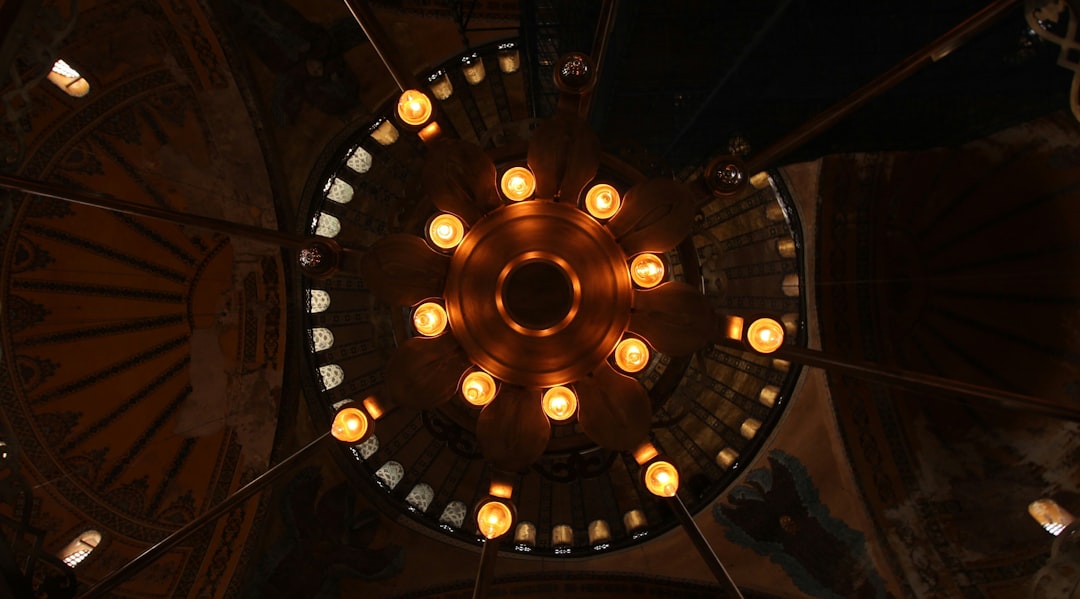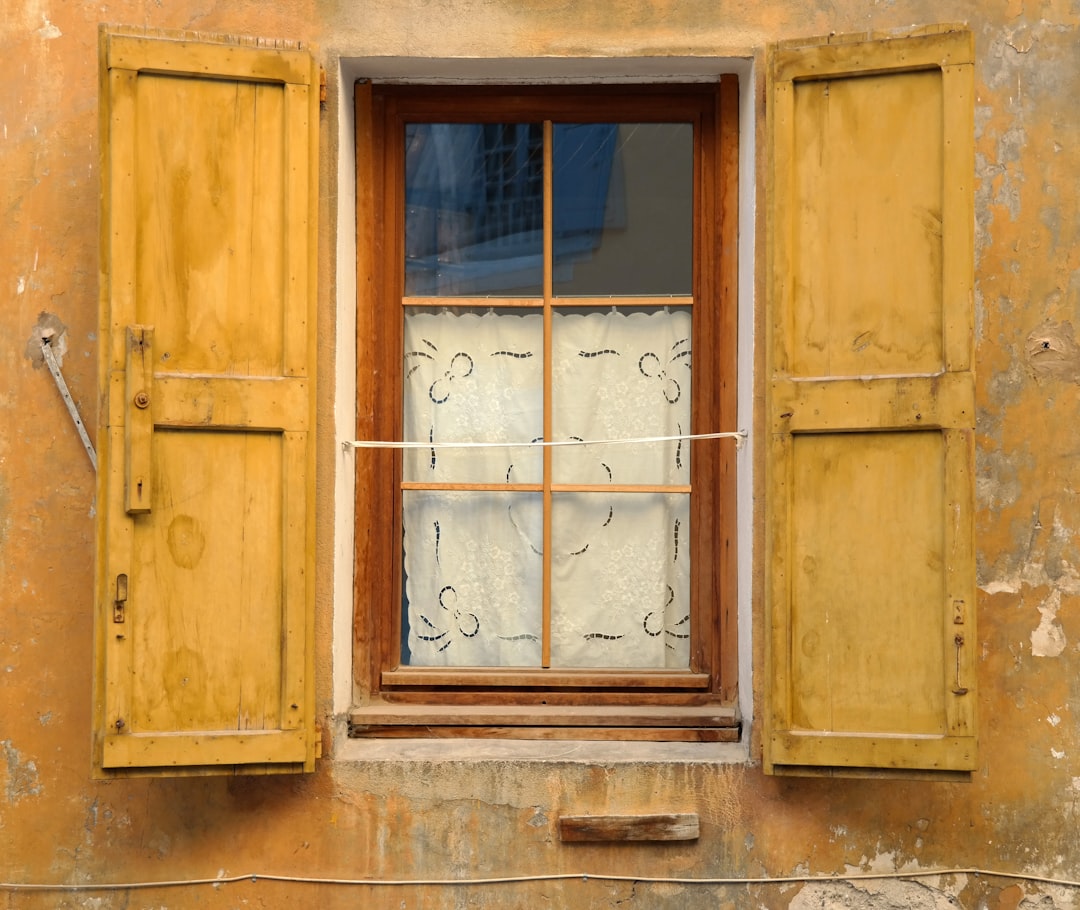When we think of Persian literature, we often envision the rose-scented verses of Hafez, the mystical couplets of Rumi, or the epics of Ferdowsi. But Persian literature was more than a national treasure—it was a cultural force that transcended borders. From Istanbul to Delhi, it played a foundational role in shaping courtly life, education, and artistic expression in both the Ottoman and Mughal empires.
In fact, for centuries, Persian was not just a language of poetry and philosophy—it was the lingua franca of the Islamic East, the language of diplomacy, refinement, and elite learning. Through its stories, symbols, and sensibilities, Persian literature became the cultural backbone of two of the most powerful empires in Islamic history.
Persian as the Language of Empire
While rooted in Iran, Persian had already spread far and wide by the 10th century, becoming the administrative and literary language of dynasties across Central and South Asia. It was during the Seljuk, Ghaznavid, and Timurid periods that Persian culture flourished and migrated outward, laying the foundation for its adoption by later empires.
-
In the Ottoman Empire, especially during the 15th–17th centuries, Persian was taught in elite madrasas and spoken by educated classes. While Ottoman Turkish was the official language, many Ottoman sultans, including Suleiman the Magnificent, were fluent in Persian and composed Persian poetry.
-
In the Mughal Empire, Persian was the dominant court language from the 16th century onward. It was the medium of administration, scholarship, poetry, and courtly etiquette. Mughal emperors such as Babur, Akbar, and Shah Jahan patronized Persian poets, calligraphers, and historians.
Poetic Prestige: Courtly Patronage and Literary Flourishing
Poetry was the crown jewel of Persian literature, and both the Ottomans and Mughals lavished attention on it.
Ottoman Court:
-
Ottoman poets were heavily inspired by classical Persian masters like Saadi, Hafez, and Rumi.
-
The poetic form of the ghazal, a lyrical exploration of love and longing, became central to Ottoman Divan poetry.
-
Court poets such as Fuzuli, Baki, and Nef'i wrote in Persian and emulated Persian models.
-
Persian literary aesthetics—metaphor, allegory, and elaborate wordplay—were deeply woven into Ottoman verse.
Mughal Court:
-
The Mughals brought Persianate culture from Central Asia and made it flourish in India.
-
Poets like Abu’l-Fazl, Faizi, and Abdur Rahim Khan-i-Khanan composed Persian verse under imperial patronage.
-
The Mughal court valued not only Persian poetry but also historical chronicles, philosophical treatises, and mystical literature in Persian.
-
Persian translations of Sanskrit texts were commissioned to build cultural bridges.
Sufism, Symbolism, and Mystical Thought
The Sufi dimension of Persian literature also had a significant impact on Ottoman and Mughal court cultures.
-
In the Ottoman world, Persian Sufi poets like Rumi and Attar were revered. The Mevlevi Sufi order, founded by Rumi’s followers, played a vital cultural and spiritual role. Rumi’s Masnavi, often called the “Persian Quran,” was studied in theological circles.
-
In Mughal India, Persian Sufi literature intertwined with indigenous spiritual traditions. Akbar’s court became a hub of interreligious dialogue, where Persian Sufi texts were read alongside Hindu and Jain scriptures. Persian provided the language to discuss love of God, metaphysical unity, and moral perfection.
Art, Calligraphy, and Storytelling
Persian literature’s influence was not confined to words alone—it extended into visual culture.
-
Persian calligraphy (nasta‘liq script) was esteemed in both empires, decorating palace walls, manuscripts, and mosques.
-
Miniature painting, especially in the Mughal court, was often inspired by Persian literary epics like the Shahnameh or Haft Paykar. The illustrated manuscripts of these texts are among the finest in world art history.
-
Tales such as Kalila wa Dimna and Hamzanama became popular in illustrated form and served both moral and entertainment functions at court.
Legacy and Transformation
By the 18th and 19th centuries, political changes and colonial influences began to reduce Persian’s centrality in both regions. In the Ottoman Empire, Turkish reforms emphasized the vernacular, while in India, British colonial policies elevated English and Urdu in place of Persian.
Yet the legacy of Persian literature endured. Its influence remained visible in:
-
The courtly etiquette and aesthetics of both regions
-
The hybrid literary traditions (e.g., Ottoman Turkish poetry and Urdu prose)
-
The philosophical and mystical lexicon shared across cultures
Final Thoughts: A Bridge Between Worlds
Persian literature was not simply imported into the Ottoman and Mughal courts—it was adopted, adapted, and celebrated. It provided a shared cultural framework that transcended linguistic and geographic divides, offering beauty, wisdom, and refinement.
Today, when we read a ghazal in Istanbul, study a Persian chronicle from Delhi, or admire a Mughal miniature, we’re witnessing the living traces of that legacy. Persian literature helped build a cosmopolitan Islamic culture, one that spoke the language of the heart, the intellect, and the soul—across empires, across centuries.
Curious about specific Persian works that influenced Ottoman or Mughal courts? Or looking for translations to explore? Feel free to ask—I'd be happy to guide you.





